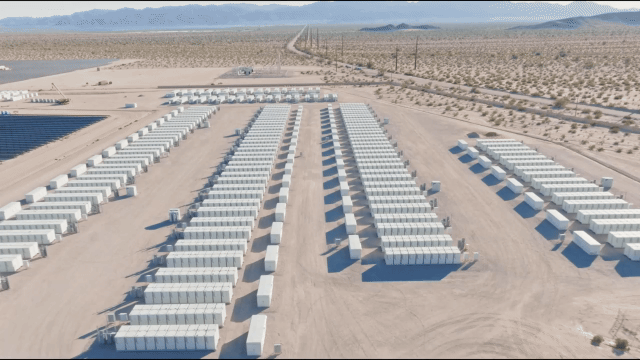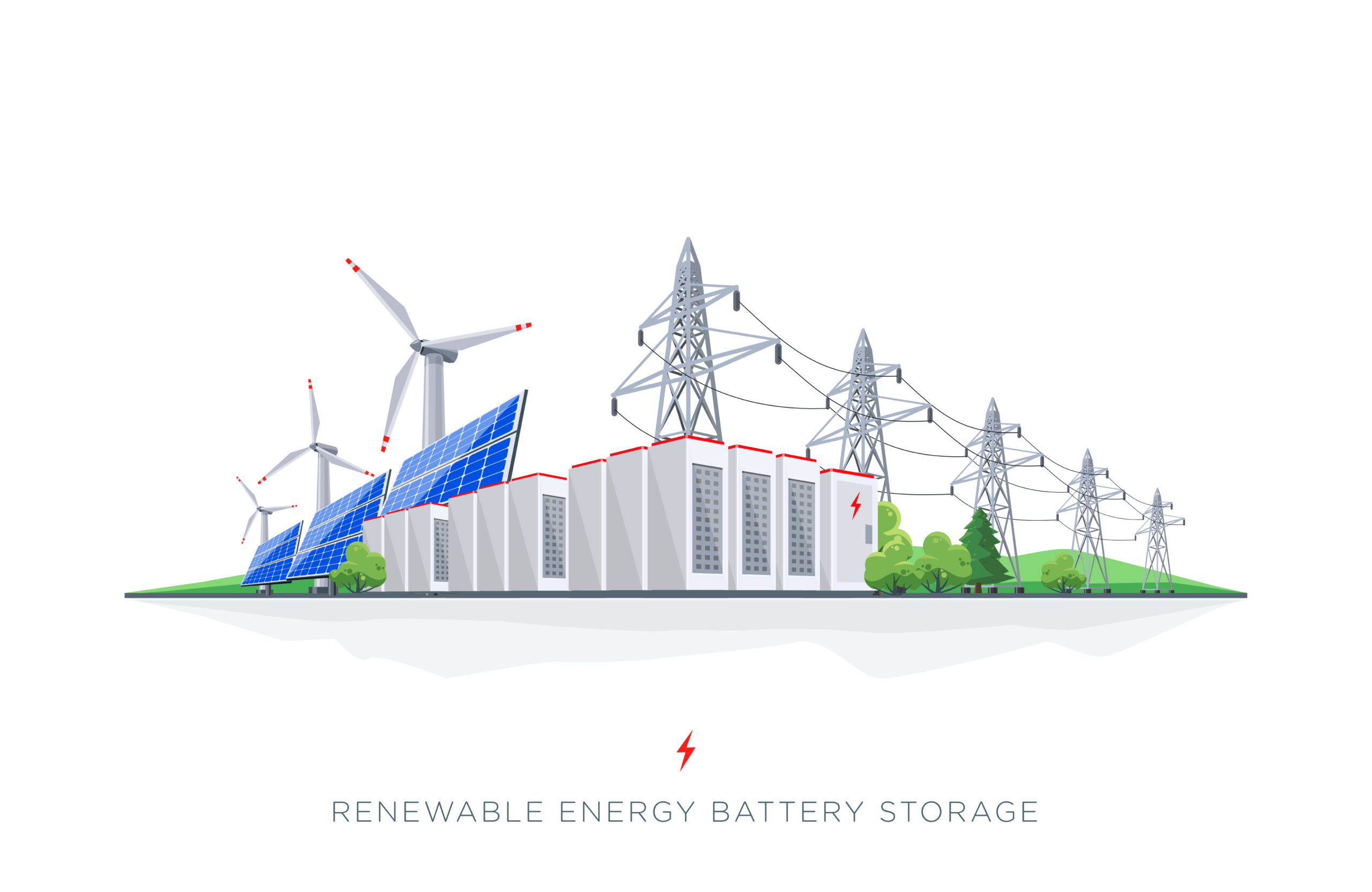The humble battery is the unsung hero of the modern economy, hitching a ride in every smartphone, laptop and other physical manifestation of our hyper-connected lives. It is also the lynchpin of the energy transition, powering the electric vehicles (EVs) that will revolutionize mobility.
Many batteries, however, are meant to stay in one place. They suck up excess power generated by wind and solar arrays, preventing so-called curtailment of these clean sources of electricity when strong sunshine and wind mean they are generating far more juice than is needed. Without batteries, the shift to renewables would be a half-baked cake at best. Take California, whose use of utility-scale batteries has skyrocketed in recent years. This means California is increasingly leaning on them to generate the bulk of the state’s electricity.
“Battery” innovation is surging
It should come as no surprise, then, that innovation in long-duration energy storage (LDES) is powering ahead. The topic of a recent Sprint at Emerald, the rise of LDES will require a rethink of the entire notion of what a “battery” is and should be. The label increasingly appearing on pieces of energy-system kit that look—and act—nothing like the traditional bricks of lithium ion found in electrical gadgets the world over. While lithium-ion still dominates the battery landscape overall, it is too expensive for utility-scale storage needs that exceed eight hours—say, during extended periods of inclement weather. Alternatives to lithium-ion, such as sodium, that a growing share of EV makers are leaning on, are also generally not feasible for longer durations. True LDES solutions run the gamut, and startups around the world are working on a panoply of form factors and functionalities.
In general, the “holy grail” of LDES would embody the following elements:
- Made from common materials
- Long lifespan—can endure multiple charging cycles before degrading
- Insensitive to outside temperature—able to operate in hot and cold conditions
- Modular and easy to manufacture
- Safe and non-toxic; low fire risk
- Able to both charge and discharge quickly, with little lag time
- Cost-effective—low setup and operating costs

One of the simplest and most time-tested forms of LDES is pumped hydro: essentially, water that is shunted uphill and into a reservoir when power is abundant and allowed to flow downhill and spin turbines when energy is needed. According to the LDES Council, an industry consortium, pumped hydro currently comprises more than 90% of all energy storage capacity worldwide and will likely maintain a leading position among LDES solutions going forward, with analysts expecting 9% growth per year between 2023 and 2031.
But as LDES needs likely skyrocket in coming years, pumped hydro will only be able to meet a fraction of this demand. It is suitable only in specific geographies and is often subject to the vicissitudes of the water cycle—a prolonged drought recently caused electricity woes in China’s Sichuan Province, for instance. So, while pumped hydro is a solid solution in many contexts, it can only go so far.
Interest is therefore rising in other options, although none have yet come close to achieving genuine scale. So-called flow batteries rely on liquid electrolytes, although this type of battery is just starting to emerge as an option for the energy system and remains untested across a wide variety of applications. For large-scale applications, compressed air could be a contender; these systems see air squeezed into highly pressurized spaces when electricity is abundant. The air is full of potential energy that can be tapped when power is needed. For such systems, however, the jury is still out factors like capital expenditure and ease of manufacture.
Beyond the hours to days that modern LDES systems address currently, utility managers are looking for ways to store energy on timescales of weeks to months. So-called seasonal storage would help address heavy demand that characterizes Northern Hemisphere winters just as days shorten and wind gusts may lack the vigor of autumn or spring. Hydrogen could play this seasonal role, as combusting it releases no greenhouse gases. It is, however, a fiddly molecule that leaks easily. It also has a low energy-to-volume ratio, meaning that a lot of it would have to be produced and stored in large caverns. Such infrastructure can be cumbersome and expensive to build and maintain.
From Wild West to world-changing
The likeliest outcome is a mix of technologies for LDES, depending on specific geographical and local needs. As this sector matures, stakeholders will also need to consider factors like regulation, business models and digitization as much as they do innovation in the lab. These areas generate fewer headlines but will be crucial to the scale-up of a full-fledged market for LDES. The use of data analytics and machine learning to forecast demand and fine-tune operations, for instance, will boost efficiency throughout the industry. LDES may be a bit of a “Wild West” for now, but it will likely help the lowly “battery” finally attain its rightful place in the pantheon of world-beating energy technologies.
More on energy:
Emerald welcomes Japan electricity producer JERA to join Emerald’s energy fund
